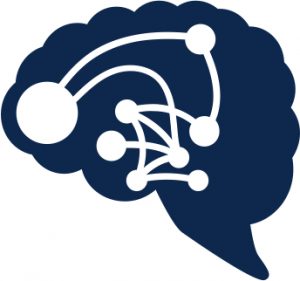Cisco recently announced software availability of NX-OS 9.2(2) with support for SAN Analytics on the Cisco MDS 9700 Series switches with 64G Modules. This software release begins the next phase in the architecture evolution of SAN Analytics.
In this blog we will do a high-level comparison of SAN Analytics Architecture between the Cisco MDS 32G and 64G platforms and look at some of the new innovations of Cisco MDS 64G SAN Analytics.
But first, let’s cover methodologies used for performance monitoring. Utilization, Saturation and Errors (USE) is a generic methodology for effective performance monitoring of any system. The USE metrics identify performance bottlenecks of a system. In the context of a storage system, we can add Latency as an additional element into the USE methodology to create LUSE. A full visibility into LUSE metrics of a storage infrastructure is critical for performance monitoring and troubleshooting.
SAN Analytics and SAN Insights are advance features of the Cisco MDS 32G switches since NX-OS 8.3(2):
◉ SAN Analytics is an advance feature of Cisco MDS switches that collects storage I/O metrics from switches independent of host and storage systems. Over 70 metrics are collected per-port, per-flow (ITL/ITN) and streamed out. These metrics can be classified into one of the ‘LUSE’ categories.
◉ SAN Insights is a capability of Cisco Nexus Dashboard Fabric Controller (Formerly DCNM) SAN that receives the metrics stream from SAN Analytics. It provides the visualization and analysis of fabric wide I/O metrics using the ‘LUSE’ framework.
Cisco MDS 32G SAN Analytics
Access Control Lists (ACL) enforce access control on every frame switched by the ASIC. The ACLs are matched extracting certain fields from the frame header and on a match the action corresponding to the entry is taken. On an F-port, FC Hard Zoning entries are programmed as ACLs in the ingress direction based on Zoning configuration to match on the frame SID and DID with an action to “forward” the frame to the destination.
On Cisco MDS 32G switches, the I/O metrics are computed by capturing FC frame headers in the data path using an ACL based ‘Tap’ programmed in the ASIC on ingress and egress direction of the analytics enabled ports. These Tap ACLs match on frames of interest for Analytics viz. CMD_IU, 1st DATA_IU, XRDY_IU, RSP_IU and ABTS. A copy of the frame matching the Tap ACL is forwarded to an on-board NPU connected to the 32G ASIC.
When SAN analytics is enabled on a port, the ACLs are programmed depending on the port type and direction as shown in Figure 1 below:
◉ F_Port Ingress: Analytics Tap ACLs + Zoning ACLs
◉ F_Port Egress, E_Port Ingress, E_Port Egress: Analytics Tap ACLs only
























